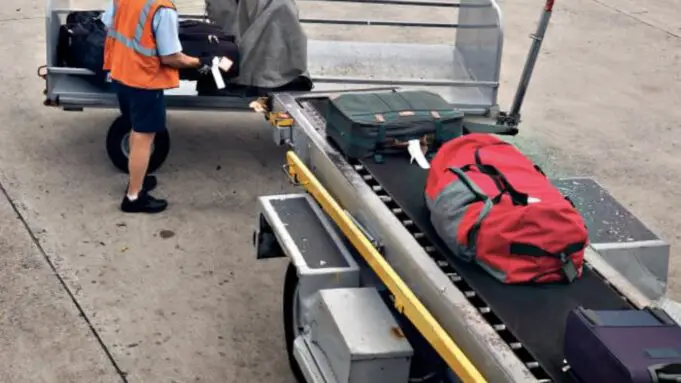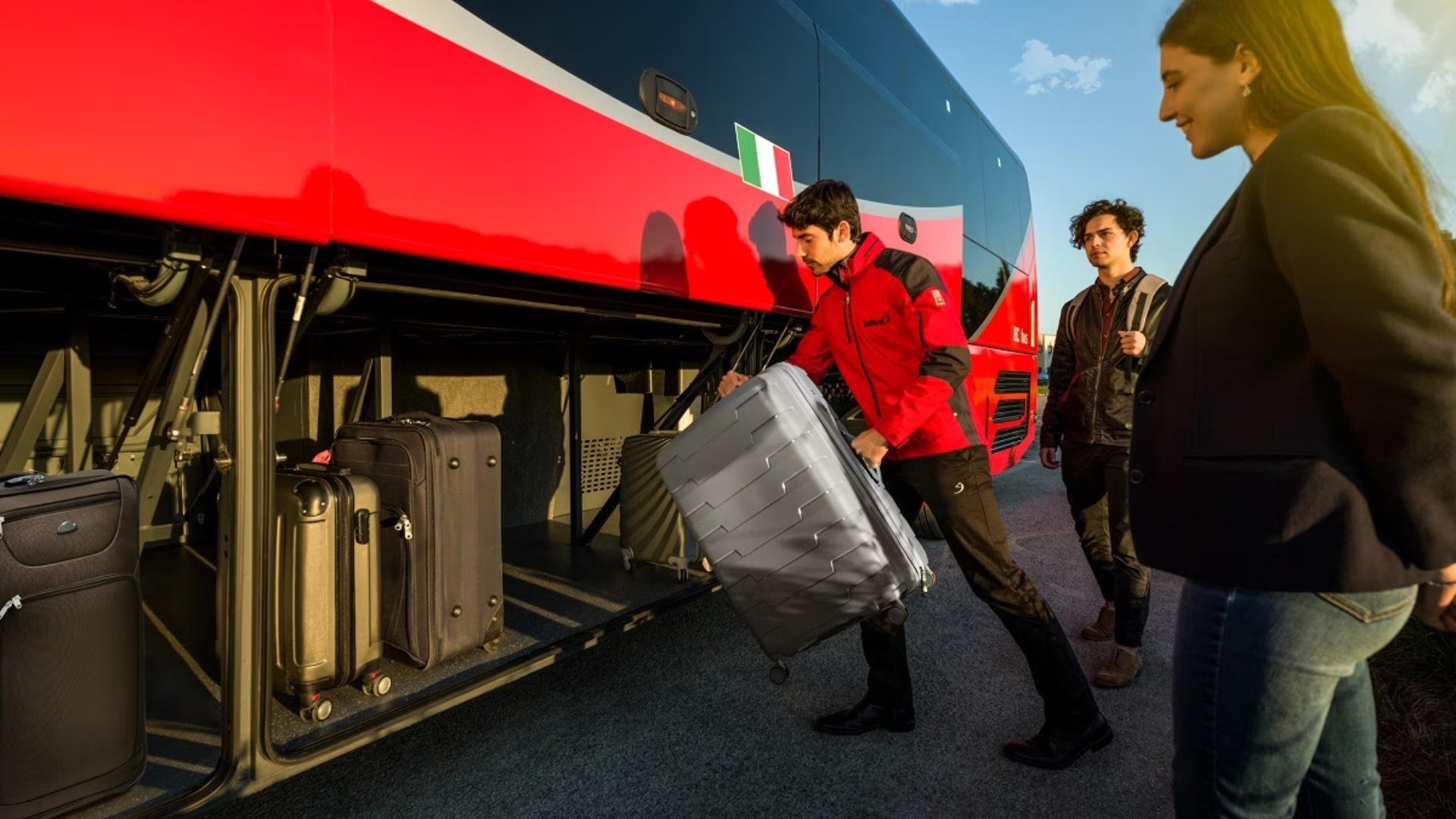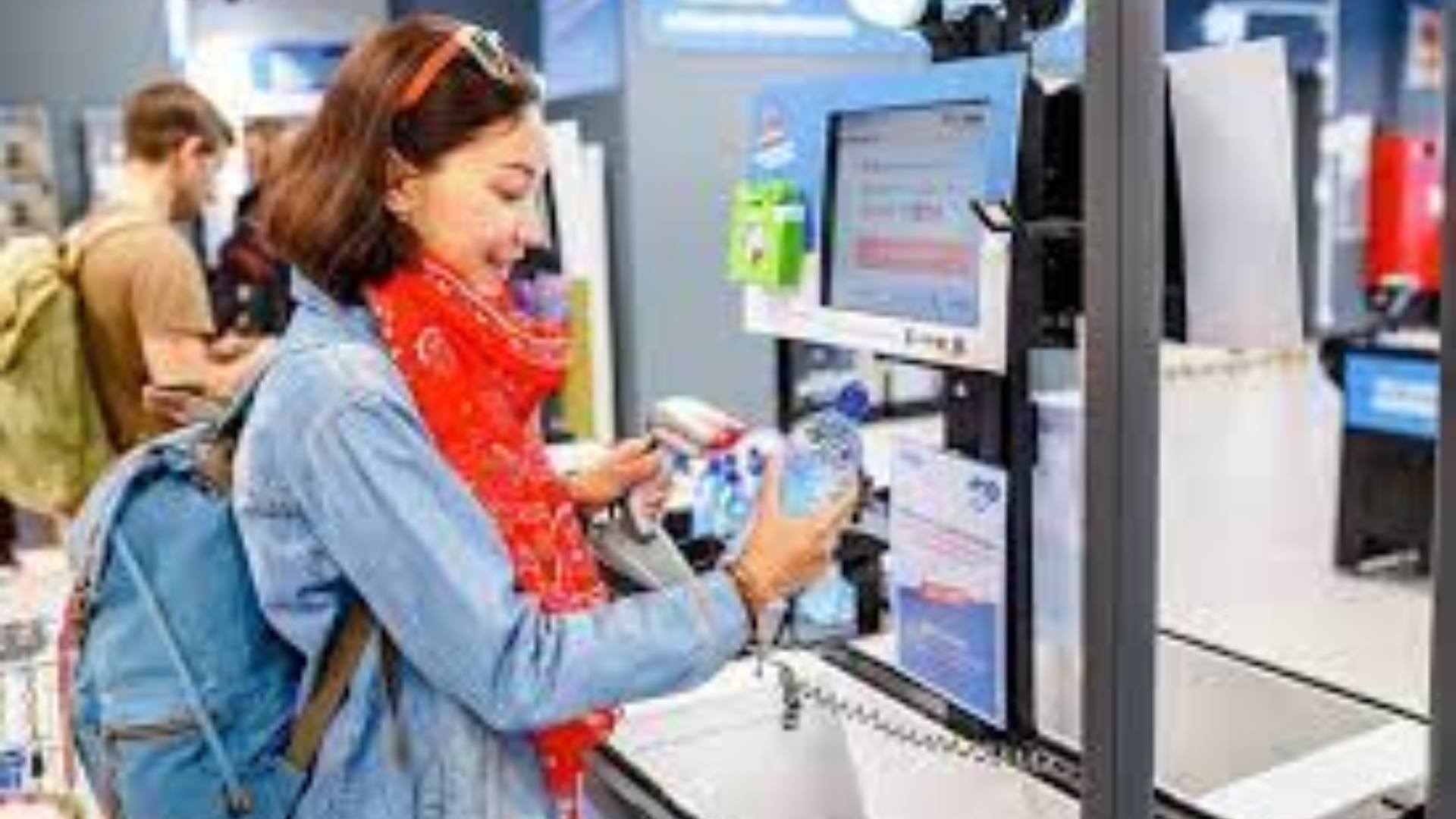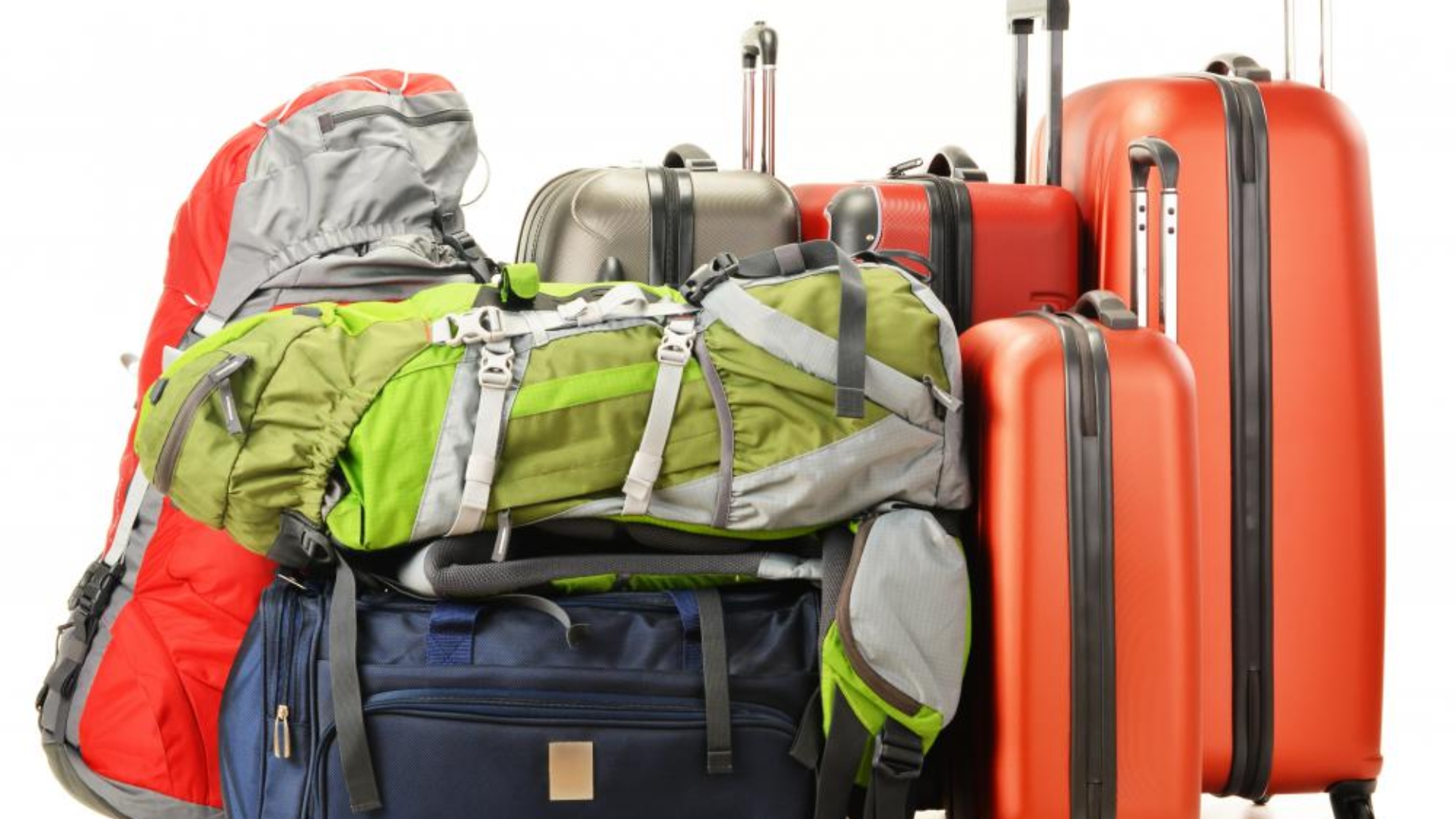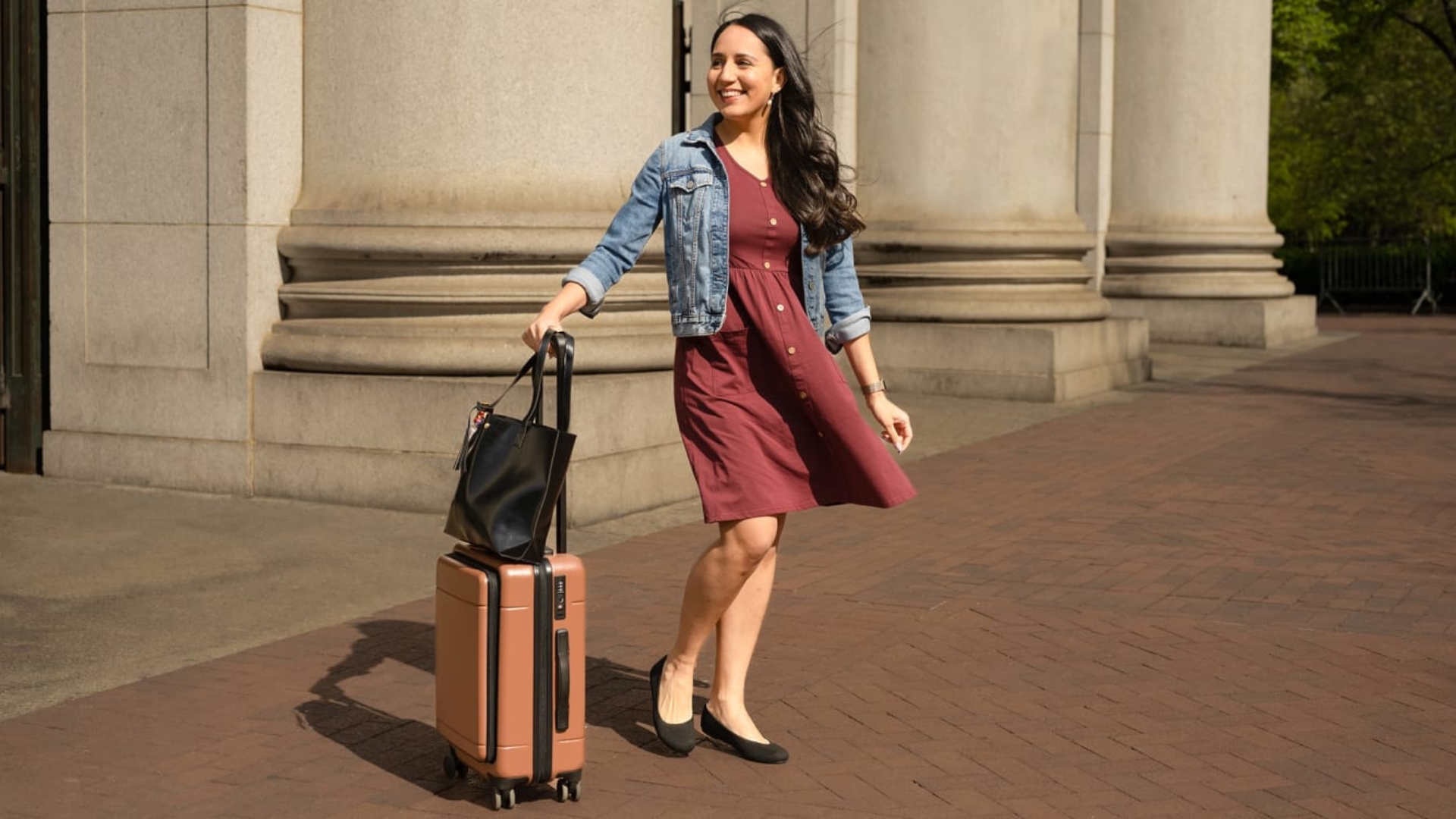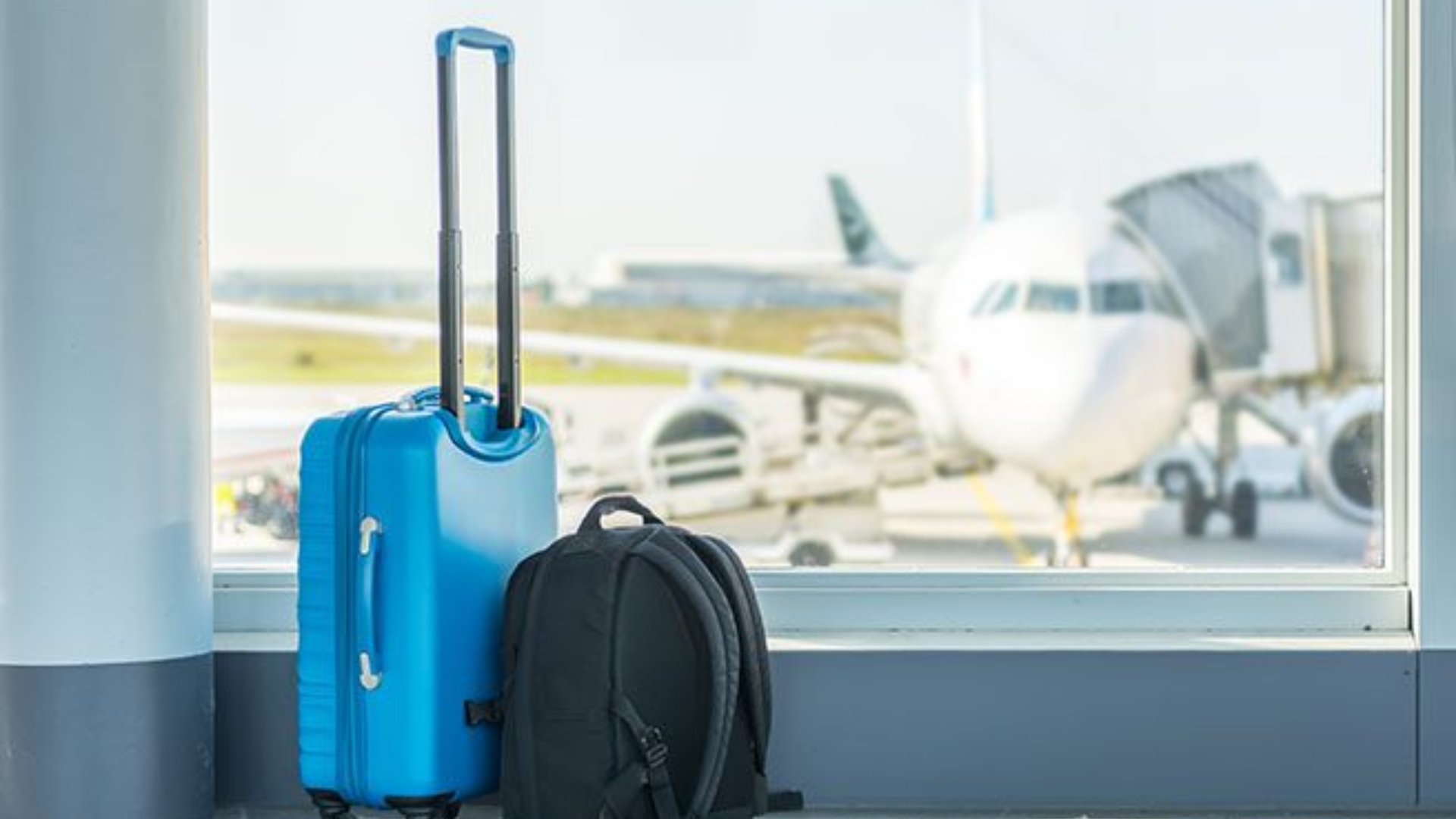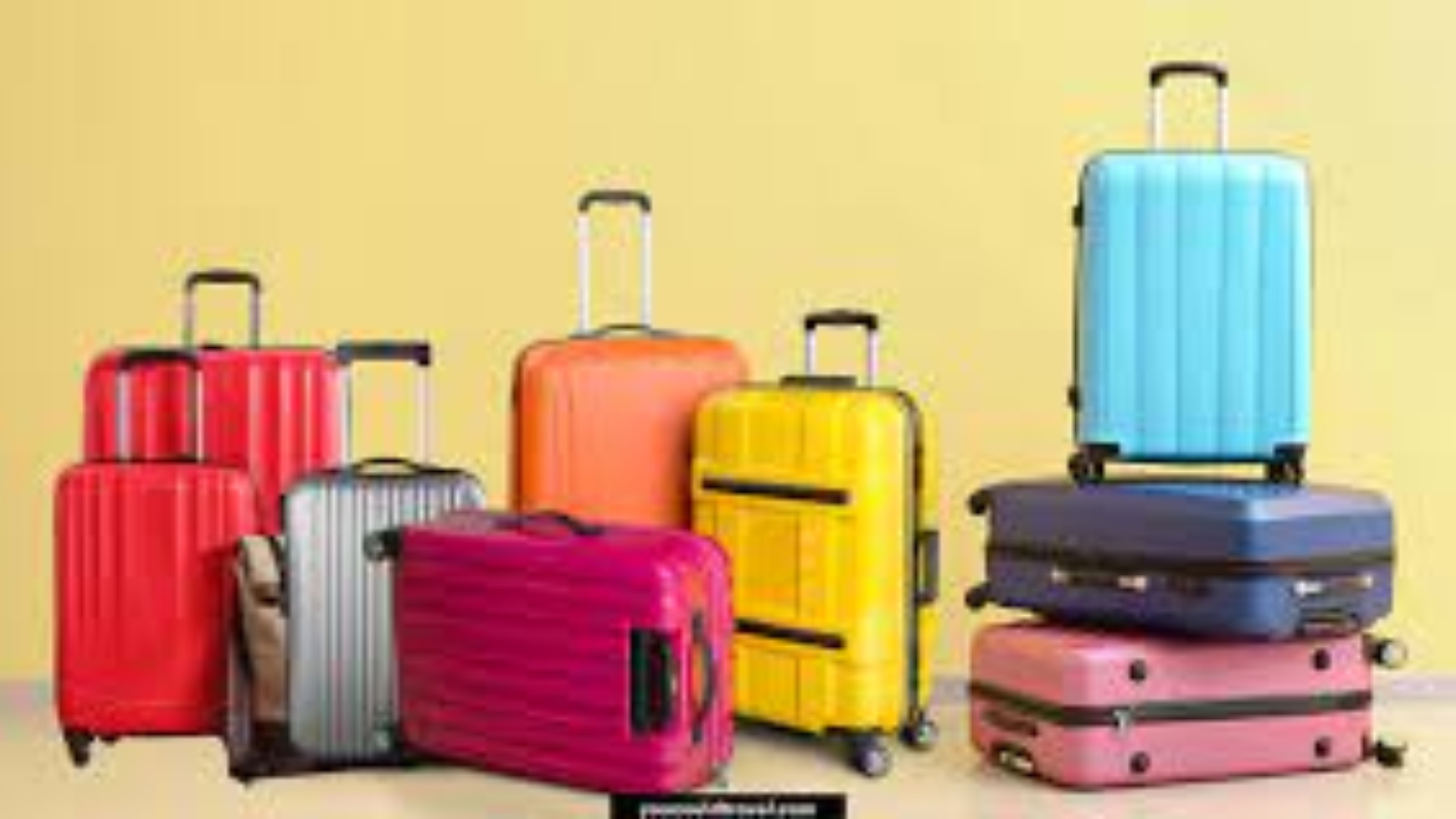In this article:
Luggage on a plane is stored in the cargo hold. This compartment is beneath the passenger cabin.
Travelers often wonder about the journey of their bags once they’ve checked in at the airport. Your luggage goes through a behind-the-scenes adventure before reuniting with you at your destination.
After you check in, airport personnel tag your bags with flight information and send them on a conveyor belt system.
The bags pass through a security screening process to ensure they meet travel regulations and are safe to fly. Subsequently, handlers sort the luggage based on its destination and load it into containers that fit into the aircraft’s cargo hold.
This secure and pressurized space keeps your belongings safe during the flight.
Understanding your luggage’s path can give you peace of mind while waiting at the baggage claim carousel post-flight.
Journey of Your Luggage
The journey of your luggage begins the moment you wave goodbye at the check-in counter and ends at your destination.
But what happens in between? Join us as we uncover your suitcase’s secret path from the check-in desk to the plane.
Checking In
When you arrive at the airport, check in your luggage first. After attaching your destination tag, your bags are ready for their own adventure.
Behind the scenes, a complex system ensures they arrive safely alongside you.
Behind the Scenes
Once your bag disappears behind the rubber flaps, it enters a world of conveyor belts and scanners. Your luggage zips through an intricate maze, watched over by advanced tracking systems.
These systems guide and sort each piece to the correct flight.
Conveyor Systems
Conveyor belts are the lifelines that transport bags from one point to another. They twist, turn, and overlap in a choreographed dance to ensure that your belongings make their flight.
Along the way, security checks screen for safety without slowing down the journey.
With their barcodes and RFID chips, luggage tags play a crucial role. Scanners read the tags to decide which belt will carry your bag next.
Redirection happens effortlessly, sending your suitcase directly to your plane.
Your luggage might take a bit of a rollercoaster ride, but rest assured, these systems are designed to handle your belongings with care, propelling them toward the final loading area.
From there, ground crews load your bags onto the aircraft. Next stop: the skies!
The Labyrinth Beneath Airports
Imagine a hidden world right under your feet as you wait for your flight. This hidden world is busy and full of life, with bags zooming around at amazing speeds.
Let’s dive into the fascinating journey of your luggage once it leaves your hands.
Automated Baggage Handling
Inside the airport, a complex system works like magic. Your bag gets a special sticker. This sticker has all the information about your trip.
Then, your bag starts its own adventure on a system of belts and wheels.
- Bags travel on conveyor belts, passing through scanners.
- Scanners read the stickers and tell the system where each bag needs to go.
- Robotic arms sort the bags, putting them on the correct path.
This system is very smart and helps to keep the bags from getting lost.
Manual Sorting and Handling
Some bags need a personal touch. These are the bags that the machines can’t read, or that are too big or too fragile for the belts.
- Workers called baggage handlers take these special cases.
- They look at the stickers and see where each bag needs to go.
- These bags are carried or driven to the right plane.
The handlers work fast to ensure every bag is on the right flight.
High-tech Baggage Systems
Wondering where your luggage ventures once it disappears behind those rubber curtains at the airport? It enters a world of high-tech baggage systems.
These modern marvels work tirelessly to ensure your bags journey safely from the check-in counter to the airplane and onto the baggage claim without a hitch.
Aircraft have come a long way from the days of manual handling and paper tags. Today’s systems use cutting-edge technology to track and transport your belongings.
Let’s dive into the high-tech features that keep your bags on the right track.
Rfid Tracking for Security and Efficiency
All major airports now employ Radio-Frequency Identification (RFID) for luggage tracking. This system uses tiny chips attached to baggage tags.
These chips store all the travel information for your bags. Scanners read these chips at various points along the journey.
- Instant bag location updates
- Fewer lost items
- Quicker baggage handling
By streamlining the process, airports handle your luggage with impressive precision. It’s a quick, secure way to keep tabs on every suitcase.
Lost Luggage and Prevention Mechanisms
Despite advanced systems, luggage sometimes takes a wrong turn. Airports deploy robust prevention mechanisms to minimize these incidents.
| Prevention Strategy | How It Works |
| Automated Barcode Scanning | Scan tags to confirm the correct loading |
| Weight Checks | Ensure each plane’s cargo weight matches records |
| Real-Time Monitoring | Track bags at every stage of their journey |
These strategies help to reduce lost luggage cases drastically. Travelers enjoy peace of mind knowing these intelligent systems watch over their belongings.
Loading Luggage Onto the Aircraft
Welcome to the intriguing journey of your suitcase, from airport check-in to the belly of the plane. Understanding the luggage journey helps travelers appreciate the complex process behind a seemingly simple task.
Let’s delve into how bags are loaded onto an aircraft.
Containerized vs. Bulk Loading
The method of loading luggage onto an aircraft varies between airlines and aircraft types. There are two main methods: containerized and bulk loading.
Containerized loading is common in larger aircraft. Airlines use this method for its efficiency and ability to handle a high volume of bags. Here’s how it works:
- Luggage is first sorted at the airport.
- It is then placed into unit load devices (ULDs).
- ULDs are metal or composite containers shaped to fit into the aircraft.
- The containers simplify transferring large numbers of bags.
- They protect bags and ensure security in transit.
- Ground vehicles transport ULDs to the plane.
- Specialized loaders place ULDs into the aircraft’s cargo hold.
Bulk loading takes place in smaller aircraft without container capacity. The steps are as follows:
- Bags are transferred to the tarmac.
- Ramp agents load each one by hand.
- Bags are carefully stacked to utilize space.
- The stacking also ensures balance during flight.
The Role of Ramp Agents
Ramp agents are the unseen heroes of the airport tarmac. These trained professionals manage the loading and unloading of luggage. Their responsibilities include:
- Directing ground vehicles transporting bags.
- Securing ULDs into the aircraft’s cargo hold.
- Stacking bulk-loaded bags accurately.
- Maintaining a balance of weight across the hold.
- Ensuring that baggage meets security protocols.
- Working quickly to maintain departure schedules.
Ramp agents work with precision and care to guarantee your luggage arrives safely. They endure all weather conditions to keep your travel plans on track.
Next time you fly, remember the complex luggage system and the dedicated individuals who operate it. Your suitcase is in capable hands!
In-flight Conditions for Luggage
Ever wondered what happens to your luggage after it disappears behind the check-in counter? Luggage on a plane goes through various conditions while soaring at high altitudes.
In this section, discover the environment your bags endure during a flight.
Temperature and Pressure Variables
The cargo hold, where checked luggage gets stored, has some unique characteristics. Luggage experiences significant temperature and pressure changes.
Despite common misconceptions, the cargo area is pressurized like the cabin. The temperature varies:
- Typically between 7 and 10 degrees Celsius (45-50 degrees Fahrenheit).
- Certain aircraft have temperature-controlled sections for sensitive cargo.
With these conditions, your bags stay safe throughout the journey. It’s good to note the extremes of cold or heat rarely affect your standard checked items.
Handling Delicate Items
When it comes to fragile items, airlines take extra care. It’s crucial to label luggage as ‘Fragile’. This signals handlers to give it special attention. For added security:
- Use sturdy suitcases with hard shells.
- Wrap fragile items individually with bubble wrap or clothes.
- Place them between layers of soft belongings for cushioning.
Don’t forget travel insurance for extra peace of mind. It can help if something goes wrong.
Unloading and Reuniting Passengers With Their Bags
The moment the plane touches down, the journey for the passengers might be over, but for their luggage, it’s just entering the next phase.
Unloading and reuniting passengers with their bags is a crucial process that ensures a smooth end to a flight’s service. Let’s dive into how this happens.
The Process of Offloading
The ground crew springs into action once the aircraft parks at the gate.
Here’s what this process involves:
- A specialized vehicle, a baggage tug, pulls up to the plane.
- Worker teams then open the luggage hold.
- Loading equipment, like conveyors or belts, transfers the bags.
- Bags are sorted based on destination: carousel, connecting flight, or lost and found.
Safety checks are in place to ensure every bag is handled with care. This operation must be fast to avoid delays.
Carousel: The End of the Line
The final stop for checked luggage is the carousel.
| Step | Description |
|---|---|
| 1 | Bags are transported from the plane to the baggage claim area. |
| 2 | A conveyor system moves bags to their respective carousels. |
| 3 | The bags make their circular journey until picked up. |
Digital screens display flight numbers above carousels to help passengers identify where to collect their bags. Once travelers spot and pick up their bags, they can head to their next destination.
Frequently Asked Questions
How is Luggage Stored in An Airplane?
Luggage on a plane is stored in the cargo hold, a compartment beneath the passenger cabin, separated by class of service and destination.
What Happens to Bags After Check-in?
After check-in, baggage handlers transport your bags on conveyors to the sorting area and then load them into the plane’s cargo hold.
Are Carry-ons Kept With Passengers?
Yes, carry-on luggage stays with passengers in overhead bins or under the seat in front of them during the flight.
Can You Track Your Checked Luggage?
Many airlines offer tracking services for checked luggage, allowing passengers to monitor the journey of their bags via a mobile app or airline website.
Is Luggage Safe in the Cargo Hold?
The cargo hold is pressurized and temperature-controlled to ensure luggage safety during the flight, similar to the passenger cabin.
Conclusion
Embarking on a flight soon? Understanding where your luggage ends up is reassuring. It travels securely, tucked into the aircraft’s belly, ready for retrieval at your destination.
Remember these facts on your next flight; they’ll streamline your travel experience and ease any baggage-handling worries.
Safe travels and happy landings!

